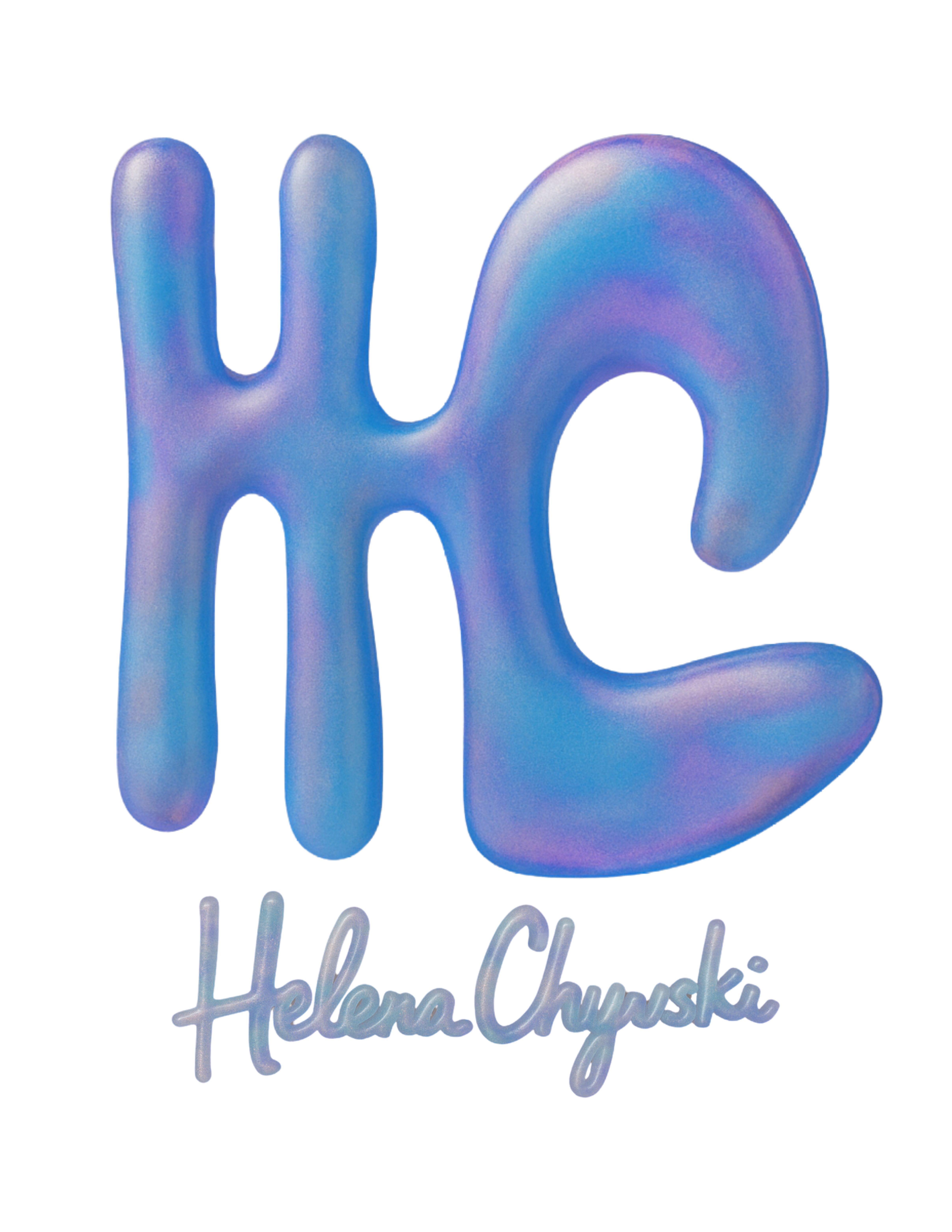What is Synesthesia?
What is Synesthesia?
What is Synesthesia?
- Pronounced: si · nuh · stee · zhuh
- Synesthesia is a rare neurological condition in which a person’s senses blend together. Instead of experiencing each sense separately, people with synesthesia — called synesthetes — may see colors when they hear music, feel textures when they taste food, or associate letters and numbers with specific colors, shapes, or personalities. It’s not a disorder but rather a unique perceptual phenomenon that can make the world feel more vivid, connected, and multi-layered.
How Rare is Synesthesia?
- Synesthesia is considered rare.
- Studies estimate that about 2% to 4% of the world’s population has some form of it, though many people may have mild forms without realizing it. It often runs in families and can appear in childhood, remaining throughout life.
Is Synesthesia a Disorder or a Condition?
- Not a Disorder
- Synesthesia is not classified as a disorder because it doesn’t negatively affect daily life — in fact, many synesthetes find it enhances creativity and memory. It’s better described as a neurological condition or perceptual phenomenon.
Common Types of Synesthesia
There are more than 80 documented types of synesthesia! Here are some of the most common:
Grapheme-Color Synesthesia: Letters and numbers appear in specific colors.
Chromesthesia: Sounds, music, or voices trigger colors, shapes, or textures.
Lexical-Gustatory Synesthesia: Words trigger specific tastes.
Mirror-Touch Synesthesia: Feeling a physical sensation when seeing someone else being touched.
Number Form Synesthesia: Seeing numbers mapped in mental spatial arrangements.
Famous Artists with Synesthesia
Synesthesia has inspired many well-known artists and musicians:
Kandinsky (Painter): Considered the first artist to describe painting music he could see.
Pharrell Williams (Musician): Describes seeing music in color and shapes.
Billy Joel (Musician): Associates music notes and keys with colors.
Duke Ellington (Composer): Saw colors when hearing musical notes.
Lorde (Musician): Uses colors to describe and guide her songwriting.
Billie Eilish (Musician): Experiences chromesthesia and uses it to shape the mood and visuals of her music.
Beyoncé (Musician): Has spoken about experiencing colors and textures when working on songs.
Types of Synesthesia Helena Experiences
Synesthesia isn’t one-size-fits-all. It comes in many forms, and most people who have it experience more than one type. Over the years, Helena has been able to identify several that are part of her everyday life. Here’s what she knows so far:
-
Auditory-Visual – She sees sound, music, and voices as colors, patterns, shapes, and textures.
-
Auditory-Tactile – She feels sound physically in her body, like waves or electric currents.
-
Auditory-Gustatory – Certain sounds trigger distinct flavors.
-
Auditory-Olfactory – Certain sounds trigger scents.
-
Tactile-Visual – Touch translates into colors or patterns in her mind.
-
Music-Temperature – Songs feel warm, cool, or anywhere in between.
-
Tactile-Auditory – Textures create sounds in her head.
-
Ticker Tape – She “sees” words spelled out in her mind as she hears them.
-
Sexual Synesthesia – Sensory crossover during intimate experiences.
-
Algesic-Visual Synesthesia – The physical sensation of pain links to visual experiences such as colors, shapes, or even images.
-
Hearing Motion – She hears movement even when it produces no actual sound.
These cross-sensory experiences are automatic. They aren’t imagined, and she can’t turn them off. Her art is her way of translating these sensations into something you can see, feel, and experience, so you can step into her world for a moment.
Explore More
- Curious to learn how I translate my synesthesia into art?
- Visit my About Me page to see how I bring my multi-sensory world to life on canvas and beyond. If you’d like to dive deeper into the fascinating world of synesthesia, visit The Synesthesia Tree for more stories, research, and resources.
